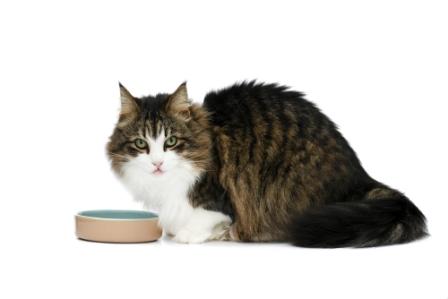|
Dry Kibble Is High In Carbohydrates Contributing To Yeast, Autoimmune, Digestive And Allergy Problems Facts You Should Know About Dry Dog Food and Cat Food  By Susan Blake Davis, Pet Nutritionist, www.AskAriel.com
One of the most common questions we receive is "Why is my pet still getting UTIs, (OR having stomatitis or autoimmune flareups, allergy symptoms, digestive problems, ear infections, etc) when I am feeding a premium grain-free dry kibble for my cat or dog?"
The answer is complex. Depending upon your pet's digestive health, medical issues and your lifestyle, dry kibble, even if it is grain-free, is not necessarily the best choice for your pet. Is Dry Kibble Good For Your Cat or Dog? Just as each one of us is unique and has different dietary needs, so do our pets. Dry kibble is convenient, cost-effective and easy to feed. It works well for pet owners who are working full-time or have multiple pet households. But.....is it the best food for your pet? For some pets, eating dry food may work out ok, even if it is not the optimal choice. But, for many pets, dry kibble is problematic and should be avoided. Here are some reasons why:

What's a Pet Owner To Do?
1) Try to slowly introduce a raw frozen diet or some canned food into your pet's diet and if possible reduce or eliminate the dry kibble. You can also try substituting a small amount of homemade food for the dry kibble. 2) Food forms are not an all or nothing decision. Some pet owners have found the price of raw frozen food to be a challenge, but in an effort to add more nutrition to their pet's diet, use 1 or 2 medallions daily and add some fresh vegetables with the dry kibble. 3) If your pet has chronic health issues such as UTIs, skin problems, allergies or digestive problems and you have been feeding dry kibble, please read our article about picking a healthy pet food. You may find that the incremental cost of the raw frozen food far outweighs the cost of the veterinary bills, let alone your pet's well being. 4) Take time to think through all of the issues. Rushing to switch foods isn't ideal as diet changes made too quickly can cause problems. But, becoming educated about pet nutrition and understanding what exactly you are feeding your pet will enable you to make informed decisions going forward. This will hopefully lead to a healthier and happier pet overall! |